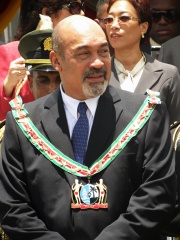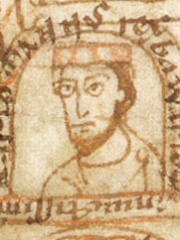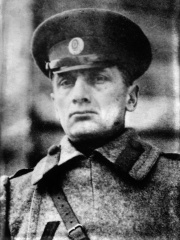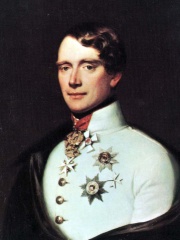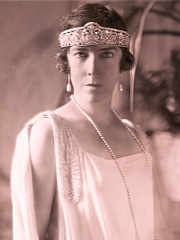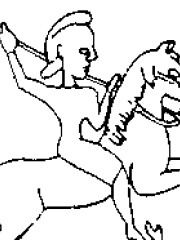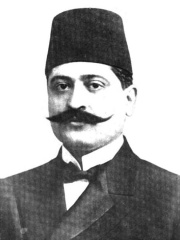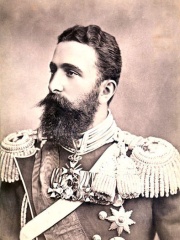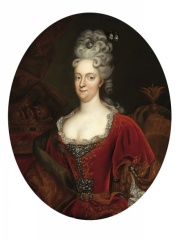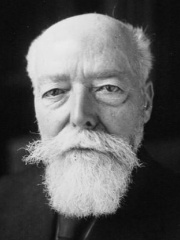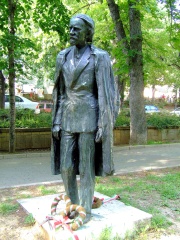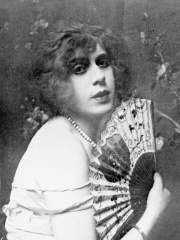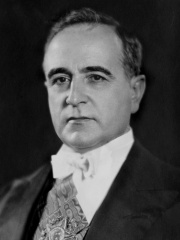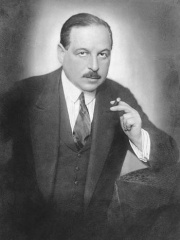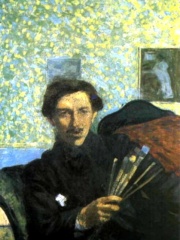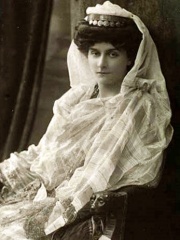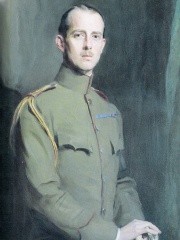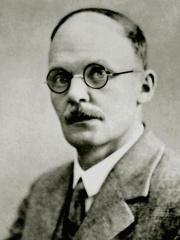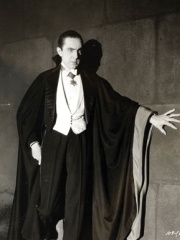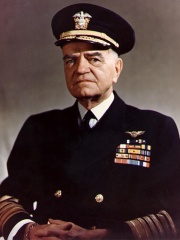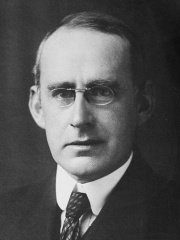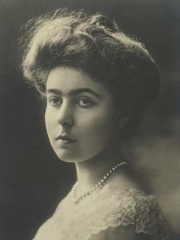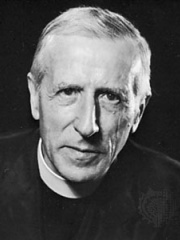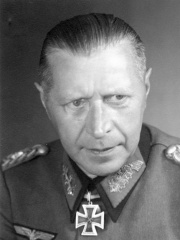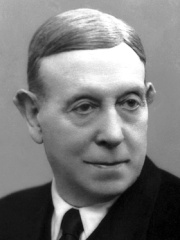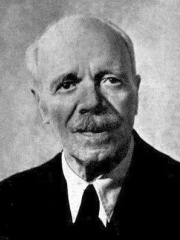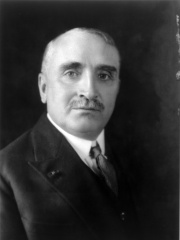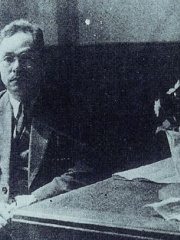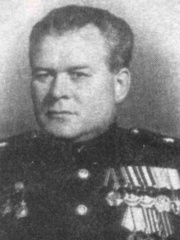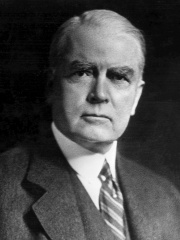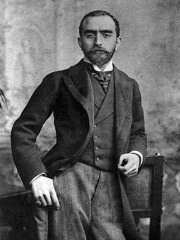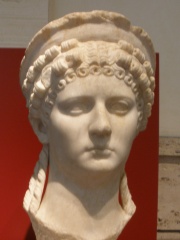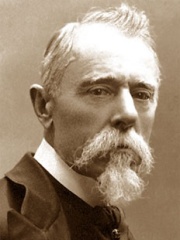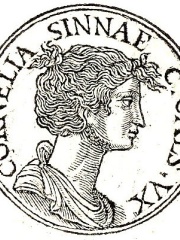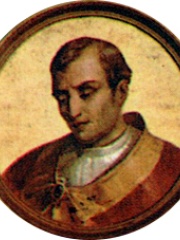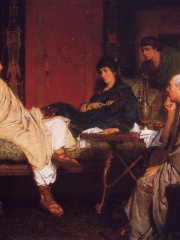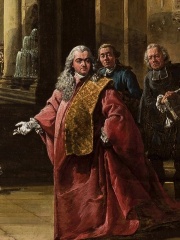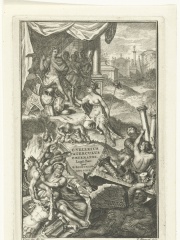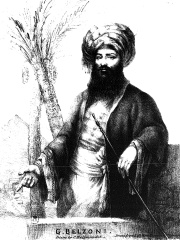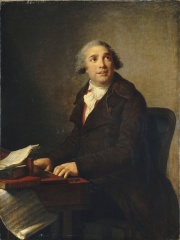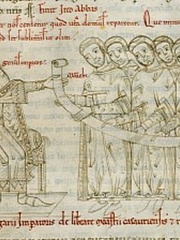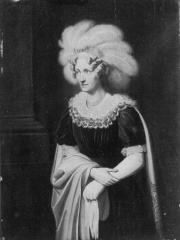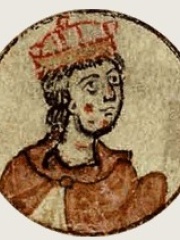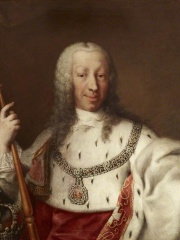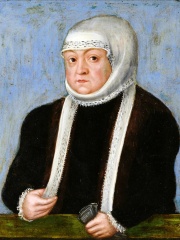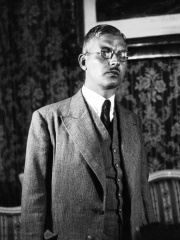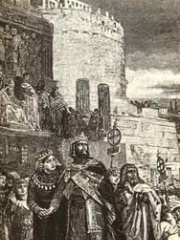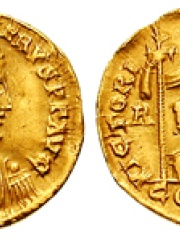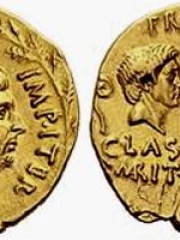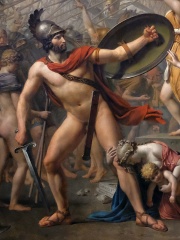POLITICIAN
Rodolfo Graziani
1882 - 1955
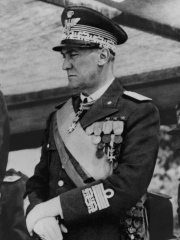
 Rodolfo Graziani
Rodolfo Graziani
Rodolfo Graziani, 1st Marquis of Neghelli (US: GRAHT-see-AH-nee, Italian: [roˈdɔlfo ɡratˈtsjaːni]; 11 August 1882 – 11 January 1955), was an Italian military officer in the Kingdom of Italy's Royal Army, primarily noted for his campaigns in Africa before and during World War II. A dedicated and prominent member of the National Fascist Party, he was a key figure in the Italian military during the regime of Benito Mussolini. Graziani played an important role in the consolidation and expansion of the Italian colonial empire during the 1920s and 1930s, first in Libya and then in Ethiopia. He became infamous for harsh repressive measures, such as the use of concentration camps that caused many civilian deaths, and for extreme measures taken against the native resistance of the countries invaded by the Italian army, such as the hanging of Omar Mukhtar. Due to his brutal methods used in Libya, he was nicknamed Il macellaio del Fezzan ("the butcher of Fezzan"). Read more on Wikipedia
His biography is available in 39 different languages on Wikipedia. Rodolfo Graziani is the 1,890th most popular politician (down from 1,368th in 2024), the 695th most popular biography from Italy (down from 547th in 2019) and the 127th most popular Italian Politician.
Rodolfo Graziani was an Italian military commander who was most famous for his time as the head of the Italian occupation forces in Libya.
Memorability Metrics
Page views of Rodolfo Graziani by language
Among POLITICIANS
Among politicians, Rodolfo Graziani ranks 1,890 out of 19,576. Before him are Seongjong of Joseon, Dési Bouterse, Agesilaus II, Carloman of Bavaria, Alexander Kolchak, and Gustav, Prince of Vasa. After him are Elisabeth of Bavaria, Queen of Belgium, Cyrus I, Talaat Pasha, Alexander of Battenberg, Wilhelmine Amalia of Brunswick-Lüneburg, and Paul Doumer.
Most Popular Politicians in Wikipedia
Go to all RankingsSeongjong of Joseon
1457 - 1495
HPI: 72.50
Rank: 1,885
Dési Bouterse
1945 - 2024
HPI: 72.50
Rank: 1,886
Agesilaus II
444 BC - 360 BC
HPI: 72.50
Rank: 1,887
Carloman of Bavaria
830 - 880
HPI: 72.50
Rank: 1,888
Alexander Kolchak
1874 - 1920
HPI: 72.49
Rank: 1,889
Gustav, Prince of Vasa
1799 - 1877
HPI: 72.49
Rank: 1,890
Rodolfo Graziani
1882 - 1955
HPI: 72.49
Rank: 1,891
Elisabeth of Bavaria, Queen of Belgium
1876 - 1965
HPI: 72.49
Rank: 1,892
Cyrus I
690 BC - 580 BC
HPI: 72.49
Rank: 1,893
Talaat Pasha
1874 - 1921
HPI: 72.49
Rank: 1,894
Alexander of Battenberg
1857 - 1893
HPI: 72.49
Rank: 1,895
Wilhelmine Amalia of Brunswick-Lüneburg
1673 - 1742
HPI: 72.48
Rank: 1,896
Paul Doumer
1857 - 1932
HPI: 72.48
Rank: 1,897
Contemporaries
Among people born in 1882, Rodolfo Graziani ranks 30. Before him are Zoltán Kodály, Lili Elbe, Getúlio Vargas, Emmerich Kálmán, Umberto Boccioni, and Princess Marie Bonaparte. After him are Prince Andrew of Greece and Denmark, Hans Geiger, Bela Lugosi, William Halsey Jr., Arthur Eddington, and Princess Margaret of Connaught. Among people deceased in 1955, Rodolfo Graziani ranks 18. Before him are Pierre Teilhard de Chardin, Helmuth Weidling, António Egas Moniz, Jim Corbett, Charlie Parker, and Paul Claudel. After him are Maurice Utrillo, George Enescu, Pak Hon-yong, Vasily Blokhin, John Mott, and Calouste Gulbenkian.
Others Born in 1882
Go to all RankingsZoltán Kodály
COMPOSER
1882 - 1967
HPI: 74.36
Rank: 24
Lili Elbe
PAINTER
1882 - 1931
HPI: 74.30
Rank: 25
Getúlio Vargas
POLITICIAN
1882 - 1954
HPI: 74.28
Rank: 26
Emmerich Kálmán
COMPOSER
1882 - 1953
HPI: 73.97
Rank: 27
Umberto Boccioni
PAINTER
1882 - 1916
HPI: 73.13
Rank: 28
Princess Marie Bonaparte
PSYCHOLOGIST
1882 - 1962
HPI: 73.08
Rank: 29
Rodolfo Graziani
POLITICIAN
1882 - 1955
HPI: 72.49
Rank: 30
Prince Andrew of Greece and Denmark
POLITICIAN
1882 - 1944
HPI: 72.47
Rank: 31
Hans Geiger
PHYSICIST
1882 - 1945
HPI: 72.18
Rank: 32
Bela Lugosi
ACTOR
1882 - 1956
HPI: 72.12
Rank: 33
William Halsey Jr.
MILITARY PERSONNEL
1882 - 1959
HPI: 71.99
Rank: 34
Arthur Eddington
ASTRONOMER
1882 - 1944
HPI: 71.99
Rank: 35
Princess Margaret of Connaught
NOBLEMAN
1882 - 1920
HPI: 71.68
Rank: 36
Others Deceased in 1955
Go to all RankingsPierre Teilhard de Chardin
PHILOSOPHER
1881 - 1955
HPI: 73.85
Rank: 12
Helmuth Weidling
MILITARY PERSONNEL
1891 - 1955
HPI: 73.65
Rank: 13
António Egas Moniz
PHYSICIAN
1874 - 1955
HPI: 73.59
Rank: 14
Jim Corbett
WRITER
1875 - 1955
HPI: 73.39
Rank: 15
Charlie Parker
MUSICIAN
1920 - 1955
HPI: 73.10
Rank: 16
Paul Claudel
WRITER
1868 - 1955
HPI: 72.76
Rank: 17
Rodolfo Graziani
POLITICIAN
1882 - 1955
HPI: 72.49
Rank: 18
Maurice Utrillo
PAINTER
1883 - 1955
HPI: 71.97
Rank: 19
George Enescu
COMPOSER
1881 - 1955
HPI: 71.46
Rank: 20
Pak Hon-yong
POLITICIAN
1900 - 1955
HPI: 71.12
Rank: 21
Vasily Blokhin
POLITICIAN
1895 - 1955
HPI: 70.65
Rank: 22
John Mott
RELIGIOUS FIGURE
1865 - 1955
HPI: 70.17
Rank: 23
Calouste Gulbenkian
BUSINESSPERSON
1869 - 1955
HPI: 69.95
Rank: 24
In Italy
Among people born in Italy, Rodolfo Graziani ranks 695 out of 5,161. Before him are Poppaea Sabina (30), Ernesto Teodoro Moneta (1833), Cornelia (-97), Pope Donus (610), Tibullus (-50), and Virna Lisi (1936). After him are Alexander of Battenberg (1857), Eros Ramazzotti (1963), Bernardo Bellotto (1721), Marcus Velleius Paterculus (-19), Giovanni Battista Belzoni (1778), and Giovanni Paisiello (1740).
Others born in Italy
Go to all RankingsPoppaea Sabina
COMPANION
30 - 65
HPI: 72.57
Rank: 689
Ernesto Teodoro Moneta
SOCIAL ACTIVIST
1833 - 1918
HPI: 72.57
Rank: 690
Cornelia
COMPANION
97 BC - 69 BC
HPI: 72.54
Rank: 691
Pope Donus
RELIGIOUS FIGURE
610 - 678
HPI: 72.53
Rank: 692
Tibullus
WRITER
50 BC - 19 BC
HPI: 72.53
Rank: 693
Virna Lisi
ACTOR
1936 - 2014
HPI: 72.50
Rank: 694
Rodolfo Graziani
POLITICIAN
1882 - 1955
HPI: 72.49
Rank: 695
Alexander of Battenberg
POLITICIAN
1857 - 1893
HPI: 72.49
Rank: 696
Eros Ramazzotti
SINGER
1963 - Present
HPI: 72.49
Rank: 697
Bernardo Bellotto
PAINTER
1721 - 1780
HPI: 72.48
Rank: 698
Marcus Velleius Paterculus
HISTORIAN
19 BC - 31
HPI: 72.46
Rank: 699
Giovanni Battista Belzoni
EXPLORER
1778 - 1823
HPI: 72.46
Rank: 700
Giovanni Paisiello
COMPOSER
1740 - 1816
HPI: 72.44
Rank: 701
Among POLITICIANS In Italy
Among politicians born in Italy, Rodolfo Graziani ranks 127. Before him are Berengar I of Italy (850), Maria Theresa of Austria (1767), Henry of Germany (1211), Charles Emmanuel III of Sardinia (1701), Bona Sforza (1494), and Carlo Azeglio Ciampi (1920). After him are Alexander of Battenberg (1857), Kurt Schuschnigg (1897), Marozia (890), Libius Severus (420), Gnaeus Pompeius (-80), and Titus Tatius (-800).
Berengar I of Italy
850 - 924
HPI: 72.87
Rank: 121
Maria Theresa of Austria
1767 - 1827
HPI: 72.72
Rank: 122
Henry of Germany
1211 - 1242
HPI: 72.65
Rank: 123
Charles Emmanuel III of Sardinia
1701 - 1773
HPI: 72.65
Rank: 124
Bona Sforza
1494 - 1557
HPI: 72.63
Rank: 125
Carlo Azeglio Ciampi
1920 - 2016
HPI: 72.60
Rank: 126
Rodolfo Graziani
1882 - 1955
HPI: 72.49
Rank: 127
Alexander of Battenberg
1857 - 1893
HPI: 72.49
Rank: 128
Kurt Schuschnigg
1897 - 1977
HPI: 72.37
Rank: 129
Marozia
890 - 937
HPI: 72.36
Rank: 130
Libius Severus
420 - 465
HPI: 72.34
Rank: 131
Gnaeus Pompeius
80 BC - 45 BC
HPI: 72.31
Rank: 132
Titus Tatius
800 BC - 800 BC
HPI: 72.30
Rank: 133

